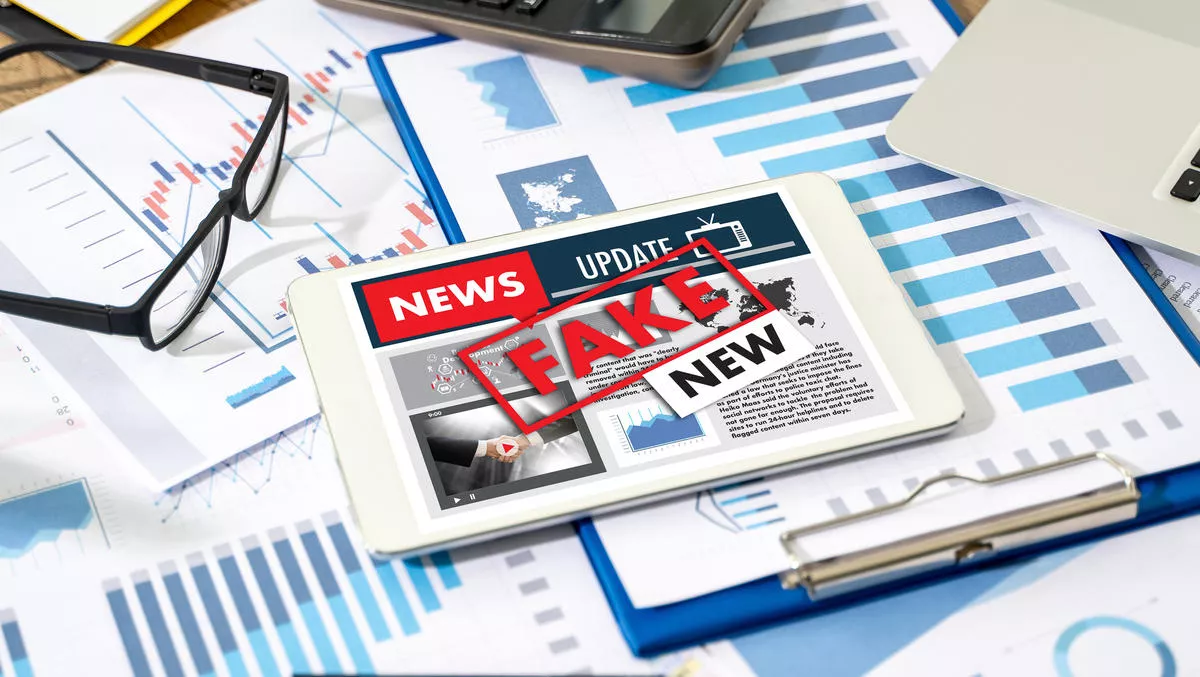
Misinformation on the rise, organisations consider how best to respond
The increase in misinformation and fake domains have left organisations perceiving the threat level to be 'very significant', with a third planning greater emphasis on their ability to respond in coming months.
This is according to the new report from the Neustar International Security Council (NISC), which looks at growing unease amongst the cybersecurity community around the recent rise in misinformation and fake domains.
Almost half (48%) of cybersecurity professionals regard the increase in misinformation as a threat to the enterprise, with the other half (49%) ranking the threat as 'very significant'.
In response, almost half of organisations (46%) already have plans in place to ensure greater emphasis on their ability to react to the rise of misinformation and fake domains.
An additional 35% said it will be a focus area for them in the next six months, while 13% would consider it if it continues to be an issue.
In spite of these current anxieties, solving the problem of misinformation is complex, Neustar states. Only 36% of security execs are very confident with their organisation's ability to successfully identify misinformation and fake domains.
The report also found that nine in ten (91%) respondents stated that stricter measures should be implemented on the internet if the recent surge in misinformation and fake domains continues.
Neustar senior vice president and fellow Rodney Joffe says, "Misinformation is by no means new - from the beginning of time it has been used as a key tactic by people trying to achieve major goals with limited means.
"The current global pandemic, however, has led to a sharp uptick in misinformation and the registration of fake domains, with cybercriminals using tactics such as phishing, scams and ransomware to spread misleading news, falsified evidence and incorrect advice.
"While the motives of malicious actors may differ, the erosion of trust caused by misinformation poses a range of ethical, social and technological challenges to organisations.
Joffe says, "Organisations must be vigilant when it comes to assessing how their brand is being used to spread potentially damaging misinformation.
"On an open internet, where people can freely register domains and spread information via social media, organisations need to build global task forces specialising in monitoring and shutting down fake domains and false information.
"This will involve deploying an always-on approach and using intelligent threat data to measure and mitigate the risk.
Findings from the latest NISC research also highlighted a steep 12-point increase on the International Cyber Benchmarks Index year-on-year.
Calculated based on the changing level of threat and impact of cyberattacks, the Index has maintained an upward trend since May 2017.
During May to June 2020, DDoS attacks (23%) and system compromise (20%) were ranked as the greatest concerns to cybersecurity professionals, followed by ransomware (18%) and intellectual property (15%).
During this period, organisations focused most on increasing their ability to respond to vendor or customer impersonation, targeted hacking and DDoS attacks, Neustar states.


